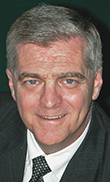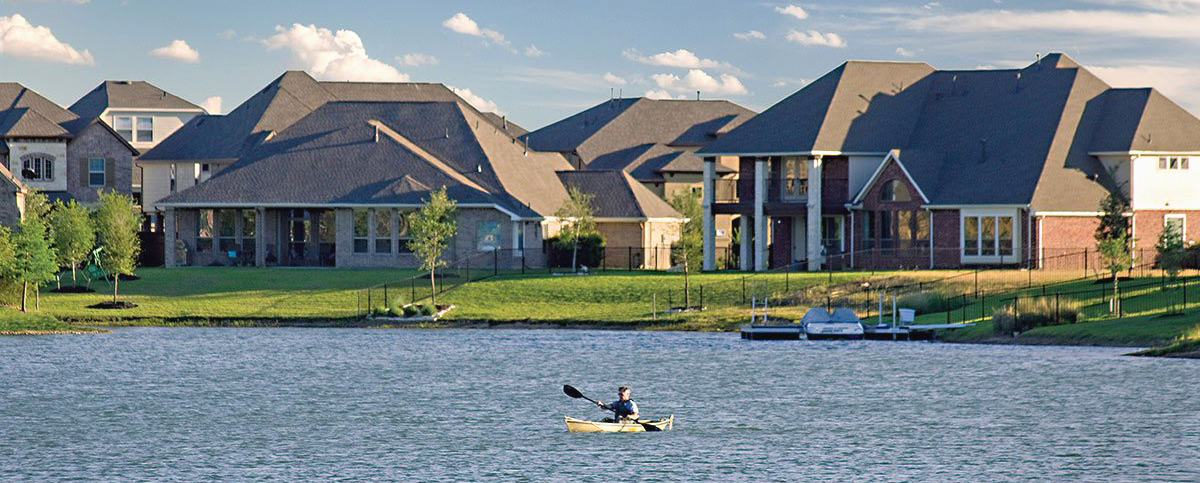MLPD students identify factors heightening value of subdivision

Geoffrey Booth
[Master of Land and Property Development] (http://laup.arch.tamu.edu/academics/graduate/mlpd/) students at Texas A&M analyzed how public spaces, transportation options, tax rates, and numerous, additional amenities and factors affect the overall value of [Towne Lake] (http://townelaketexas.com/) , a suburban northwest Houston subdivision, during a fall 2015 MLPD class.
The students used Quadruple Net Value, a research/analysis procedure that enables its users to discover factors that enhance a real estate product beyond simple financial yields by considering its social and cultural, economic, environmental and sensory characteristics.
The method is described in “ [Urban Design and the Bottom Line] (http://www.amazon.com/Urban-Design-Bottom-Line-Optimizing/dp/087420996X) ,” co-authored by [Dennis Jerke] (https://www.arch.tamu.edu/community/formerstudents/outstanding-alumni/past-honorees/40/) , ’78, an outstanding alumnus of the College of Architecture.
Working in six teams, the 37 MLPD and Master of Land Economics and Real Estate students researched the pedestrian trail system, public art, property values, and many other aspects of the subdivision. They were led by Geoffrey Booth, associate professor in the [Department of Landscape Architecture and Urban Planning] (http://laup.arch.tamu.edu/) .
Through site visits, analysis of geographic information systems-based maps, interviews with Towne Lake staff and additional methods, students detailed the subdivision’s aspects and amenities, then noted their conclusions, some of which included recommendations, such as including bike lanes, to raise Towne Lake’s social and environmental values.
The students’ QNV projects were evaluated by Fred and Susan Caldwell, president/CEO and marketing director, respectively, of [Caldwell Companies] (http://caldwellcos.com/) , which developed the Towne Lake subdivision, and members of the company’s development and marketing team during a trip to the class Nov. 19, 2015.
They chose a report by MLPD students Robert Fox, Tuan Nguyen, Jack Rowe, Garrett Spear and Stephanie Grafe, a Land Economics & Real Estate student, as the class’ top project.
In their 68-page report, the group lauded the recreational and social opportunities provided by the development’s lake, which “sets the subdivision apart from many communities of its type.”
Approximately 14% of the development, they said, is dedicated to green space, and two indoor fitness centers serve Towne Lake’s residents.
“The diversity of exercise areas in Towne Lake cater to people in all life stages,” said Spear in his group’s summary. “The target user market’s desire for exercise facilities was smartly met by the developer, who clearly aligned amenity offerings to the needs of their residential customers.”
In a section about Towne Lake’s economic value, Grafe concluded that tax revenues will likely rise in the subdivision and its surrounding areas after analyzing GIS-based maps of the subdivision’s master plan and adjacent developments.
In addition to pointing out benefits, students recommended improvements for the subdivision.
Towne Lake’s environmental value, said Spear, could be raised by increasing its bicycle, pedestrian and public transportation infrastructure. “The reliance on private vehicles may have an adverse effect on air quality, detracting from the health of the community’s residents,” he said.
Team member Rob Fox added that providing transportation options for residents would also raise the subdivision’s environmental and social values.
“Seeking simple means of coaxing residents out of their automobiles for daily errands has the potential to lessen parking congestion at the many shared amenity centers, activate recreational trails, create a lively atmosphere that encourages active lifestyles, and create endless opportunities for neighbors to meet and greet on the street,” said Fox.
Tags
Related Posts

BED student designs 'Real Projects' home

Hurricane-battered towns get planning help from grad students
LAUP, TTI enjoy close relationship
Review yields refinements for MLPD degree

Two Texas towns helped by Texas Target Communities
Follow Us
Facebook Twitter Vimeo Youtube Flickr RSS
Recent Posts

Planning prof heads study of disaster housing aid

A message from the dean

Former student remembered as expert planner

Leading educator named new head of Architecture Dept.





_thumbnail_small.png)
